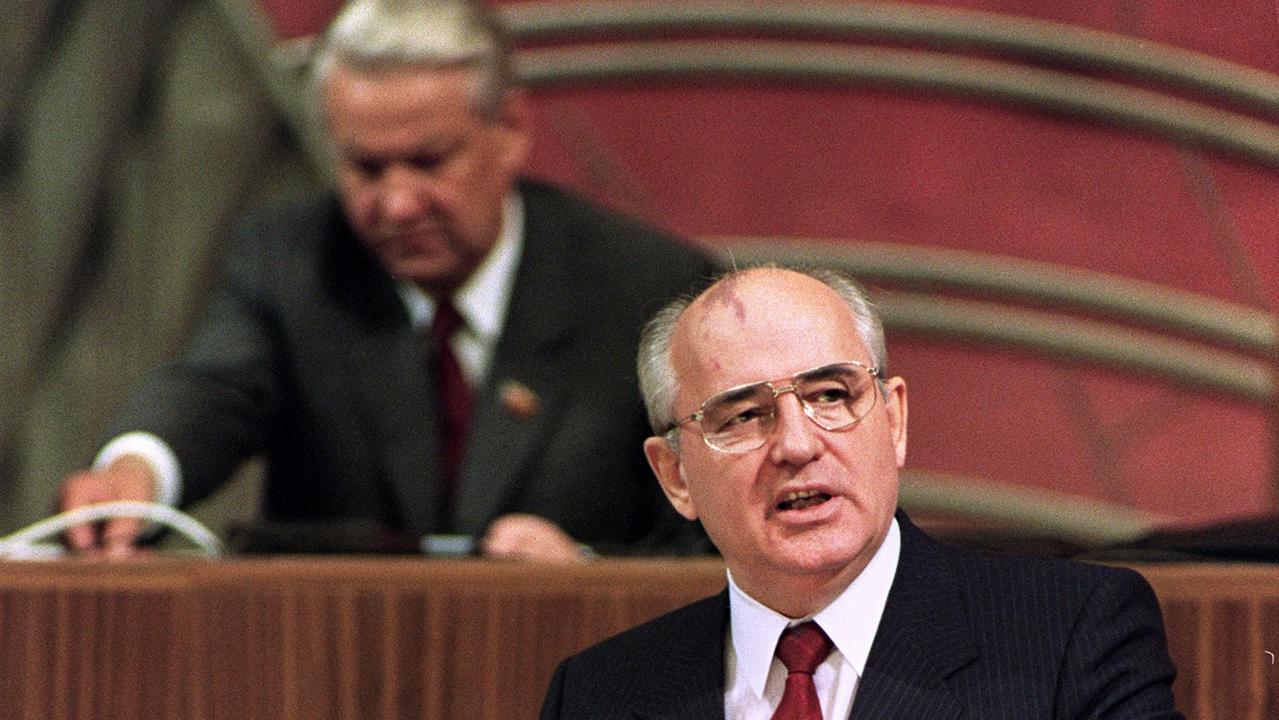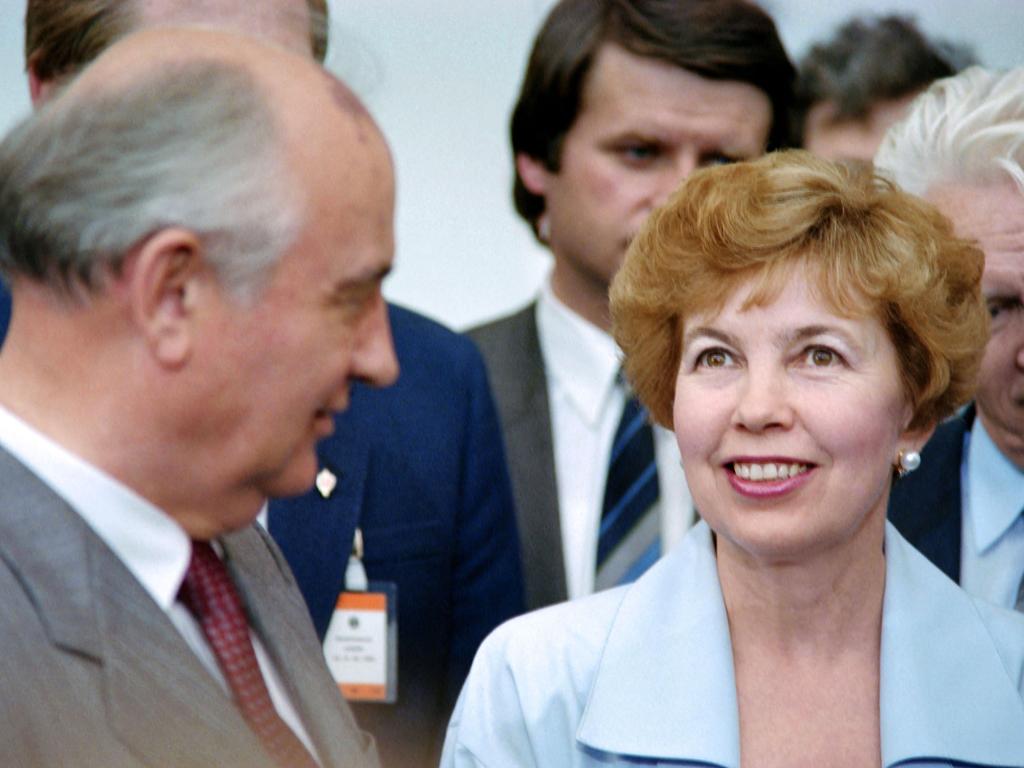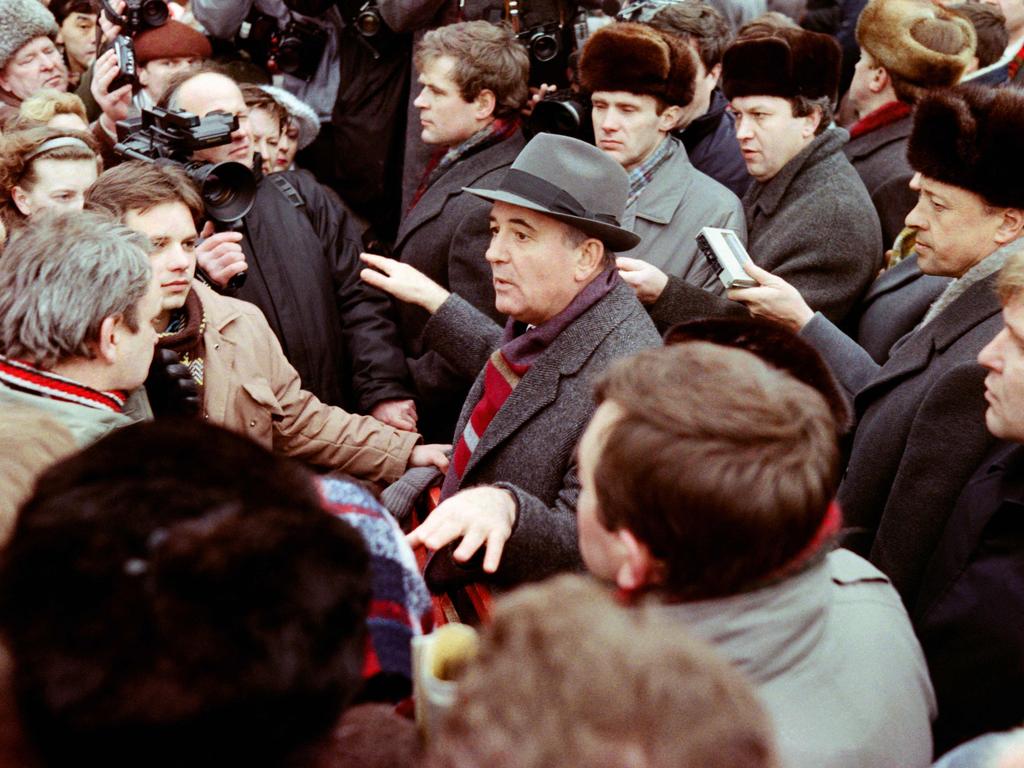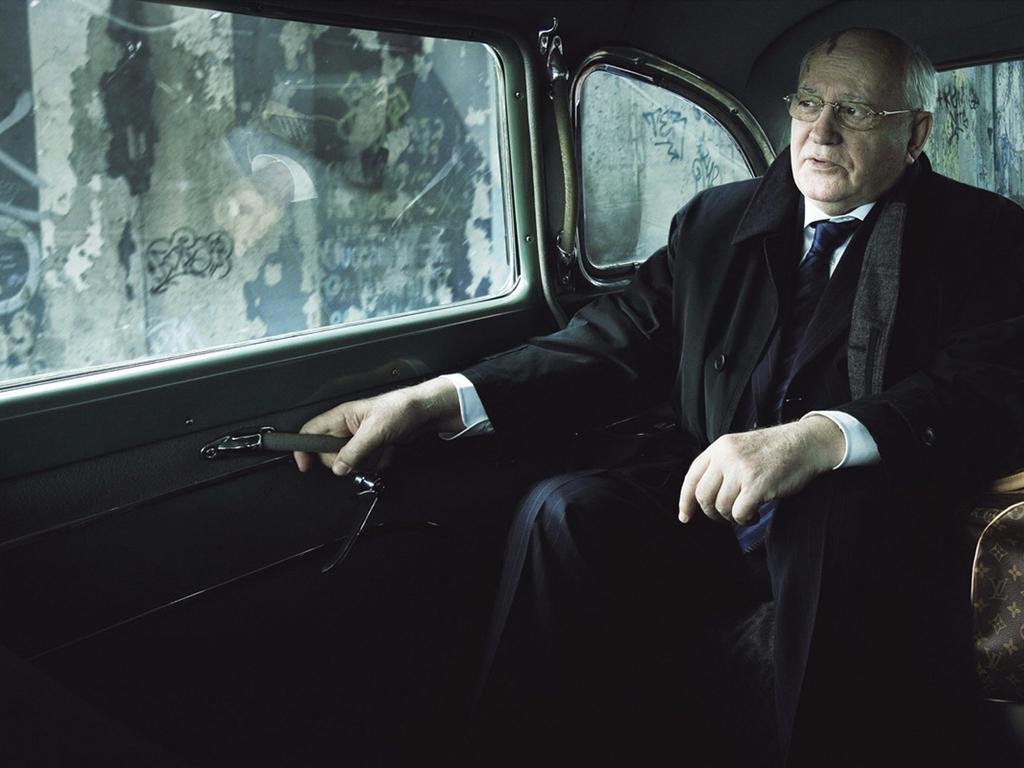How Mikhail Gorbachev’s ambitious reforms changed the world

Today’s younger generation cannot imagine what it was like to be living year after year with the looming risk of nuclear war.
It is not correct to assert – as some do – that the 1962 Cuban missile crisis was the greatest danger. In fact, it was in 1983 when the secretary-general of the Soviet Communist Party and former head of the KGB, Yuri Andropov, believed the US was planning to launch a surprise nuclear attack on Moscow.
He ordered KGB agents worldwide to urgently collect intelligence warning indicators of such an attack. In the 1980s, the Soviet Union had more than 12,000 strategic nuclear warheads, compared with a mere handful in 1962.
In today’s Russia many people are still angry and resentful over what they still see as Gorbachev’s loss of the Soviet Union’s superpower status and the fact their country’s international status as a great power (velikaya derzhava) is no longer recognised. Russia President Vladimir Putin believes Gorbachev was responsible for all this whereas, in fact, it was Boris Yeltsin who plotted behind Gorbachev’s back to bring about the disintegration of the world’s largest country.
It is not generally appreciated that when Yeltsin created the Russian Federation, Ukraine and Belarus as separate countries, this resulted eventually in the loss of half of the Soviet Union’s population and 25 per cent of its territory, and 15 new countries were created, Russia’s gross domestic product collapsed by 40 per cent and people’s life savings and prestigious jobs with the Soviet government all disappeared. In parts of today’s Russia the anger is still palpable about what happened.
The Russian ambassador in Canberra at the time, Leonid Moiseyev, warned me if the West did not come to Russia’s assistance through a new Marshall Plan, “you in the West will face the prospect of another Weimar Germany”. And here we are, more than 30 years later, seeing precisely that spectre with today’s Russian attack on the sovereign, independent country of Ukraine, all allegedly in the name of one Slavic people.
All this brings us to the key question about whether Gorbachev really understood what he was tampering with. His earlier career was as an agricultural expert in the Kuban district north of the Caucasus. He had no experience in managing the centrally planned economy of the Soviet Union. But he could see – as could every Western visitor to Moscow, including me – that communism had demonstrably failed. As one of the sayings went in Moscow: “They pretend to pay us and we pretend to work.” Visiting Moscow from Singapore demonstrated to anyone the abysmal failure of Soviet central planning.
Gorbachev’s solution was to introduce free discussion of problems and greater openness (glasnost) in the workings of the Communist Party and radical reforms and new thinking (perestroika) in the economy. His big mistake was to pursue these radical solutions simultaneously.
Both the planned Soviet economy and the intricate and all-encompassing ruling of the country by the Communist Party of the Soviet Union started to unravel at a tremendous pace. Behind Gorbachev’s back, the drunken Yeltsin plotted to destroy the Soviet Union. The result was that the Soviet Union ceased to exist overnight in December 1991 and the new Russian Federation was led by Yeltsin.
The leadership of the Chinese Communist Party was alarmed by these unpredicted developments. It invested a lot of time and study into what had happened in Russia and what were the lessons to be learned. It concluded never to allow simultaneous radical reforms of the economy and the party. The result is today’s China in which large parts of the economy perform in a capitalist way but the party has not only not been reformed but it has become more entrenched and radical in its obsessive control of the Chinese people.
Finally, it needs to be noted that Gorbachev could see the real dangers of all-out nuclear war with the West. And he knew the arms race was breaking the back of the Soviet economy. When he met US president Ronald Reagan in Reykjavik, the capital of Iceland, in 1986 he proposed they discuss Gorbachev’s idea of negotiating complete nuclear disarmament. But Reagan’s hard right-wing advisers insisted this was all a communist plot. And at 3am US secretary of state George Schultz announced to the assembled international press that “we came so close but we have failed”.
What did all this mean for Australia? Well, the moment of high danger of nuclear war and the ideological confrontation in the Cold War disappeared. But now, 30 years later, we face an autocratic, arrogant leader in the form of Putin, who has gone to war with Ukraine. And he now often talks about the possible use of nuclear weapons. And in his Weimar Germany mode, Putin also talks about a greater Slavic country consisting of Russia, Ukraine and Belarus.
Paul Dibb is emeritus professor of strategic studies at the Australian National University. He briefly met Mikhail Gorbachev on his visit to Canberra in 1999.







In the West, Mikhail Gorbachev’s death quite rightly is being commemorated to mark the end of the dangerously expansionist Soviet Union and of the ever-present danger in the Cold War of mutual nuclear annihilation.